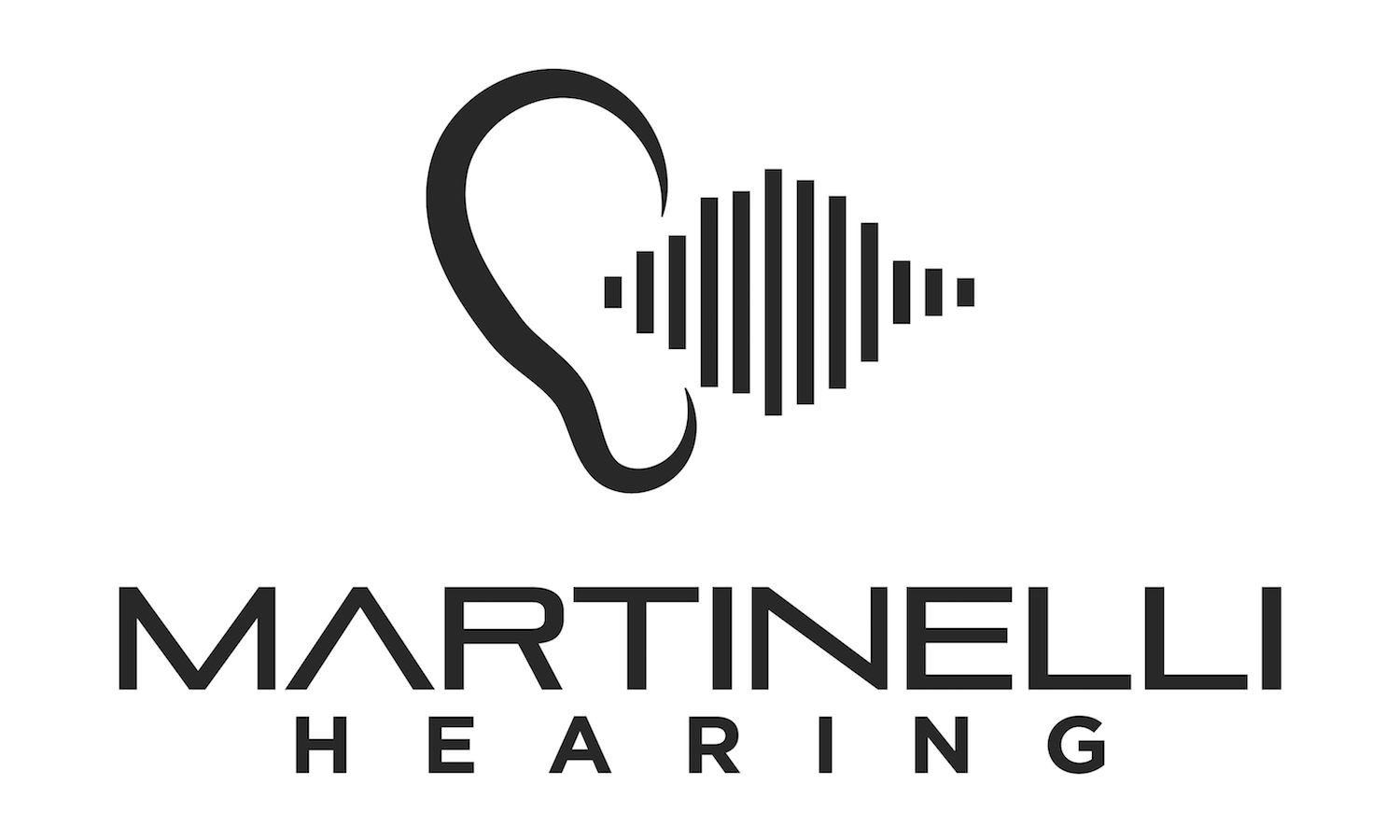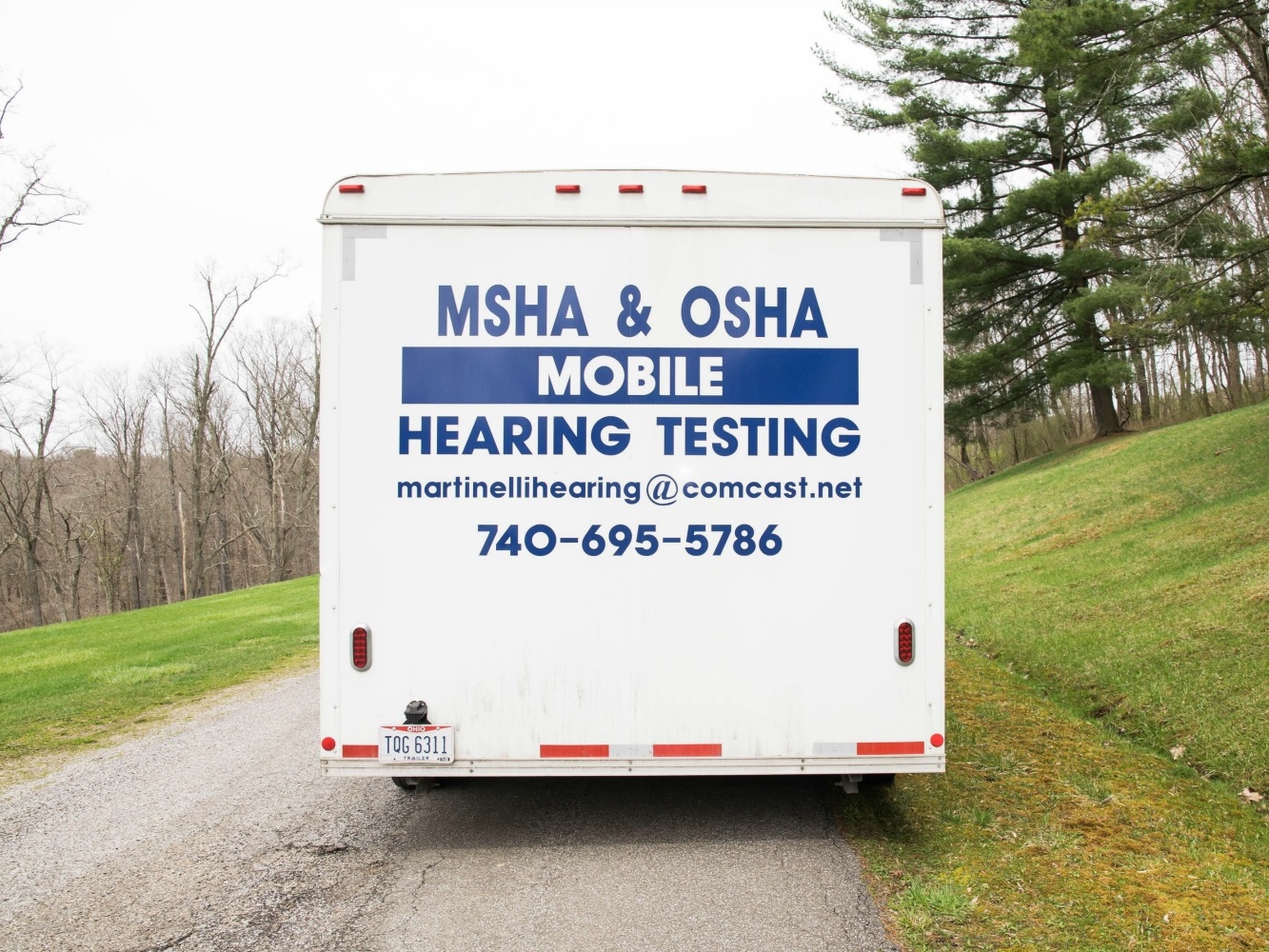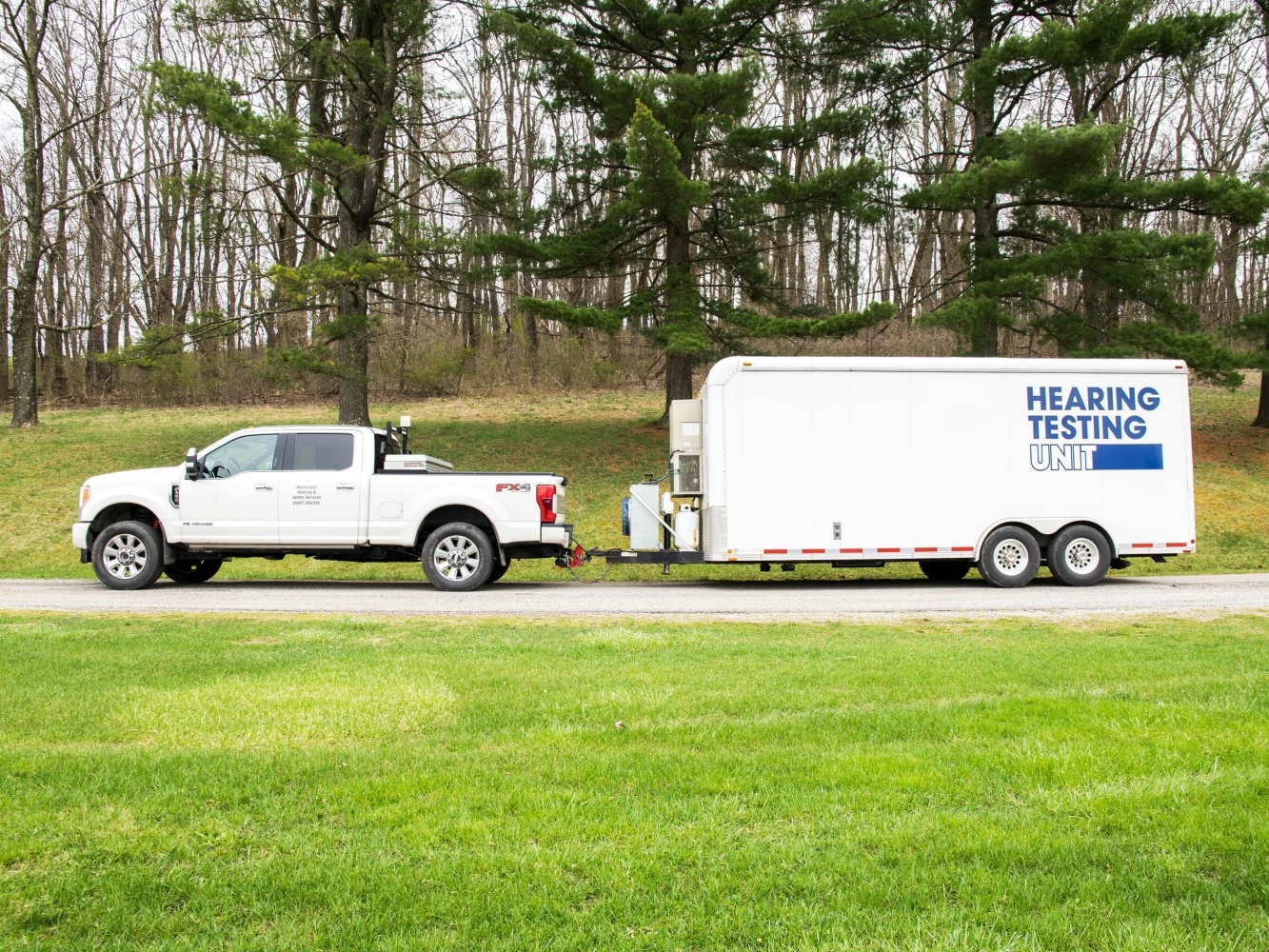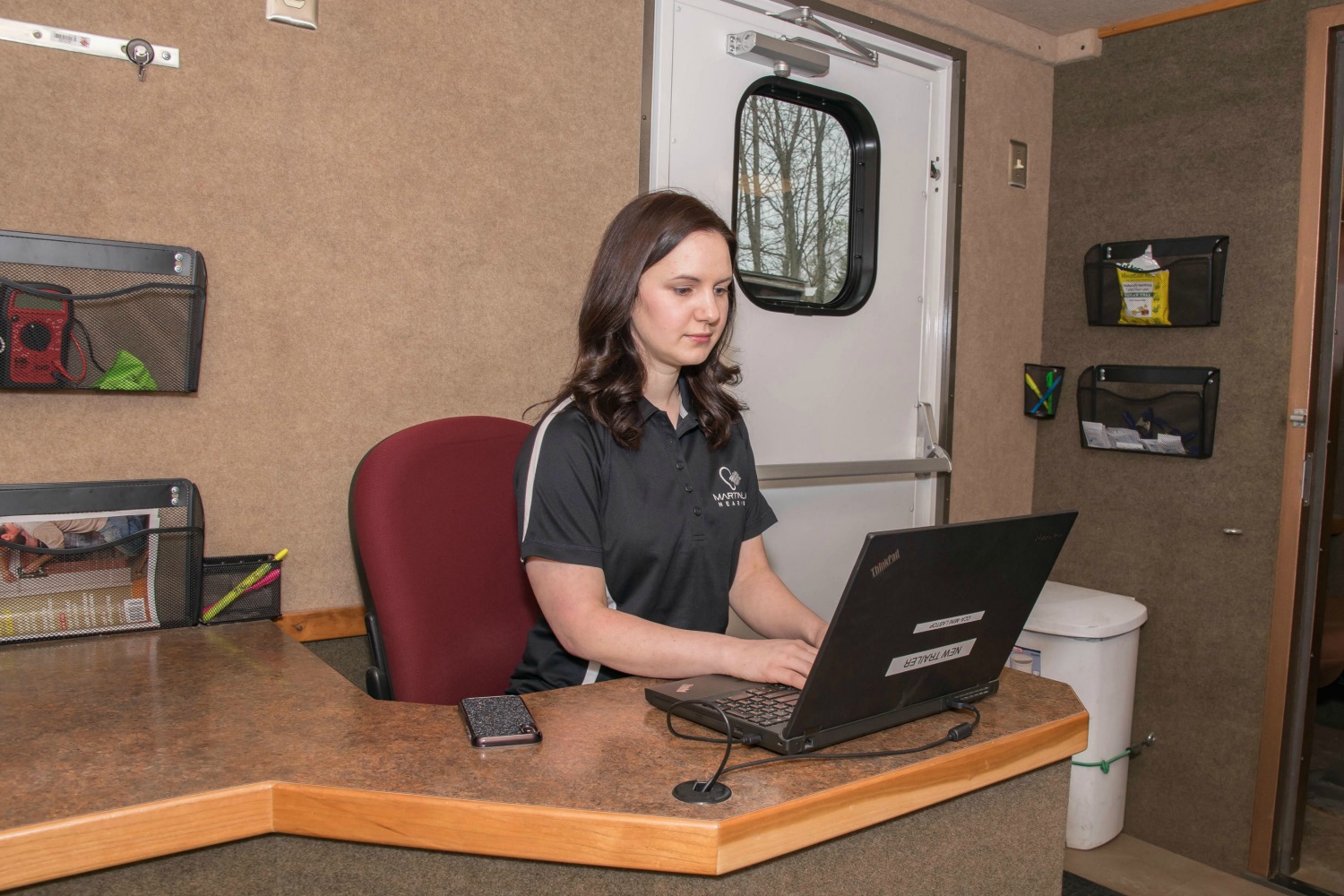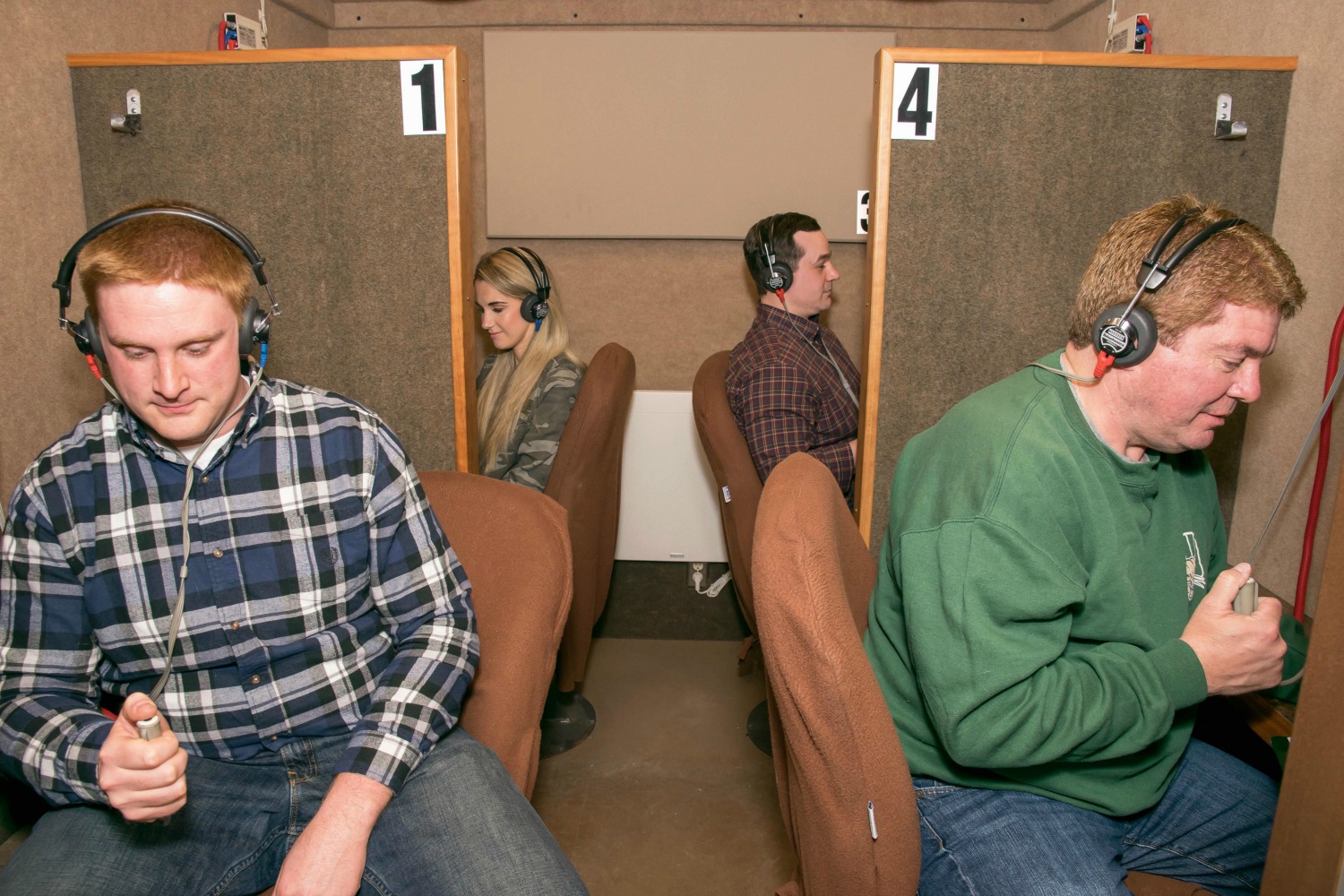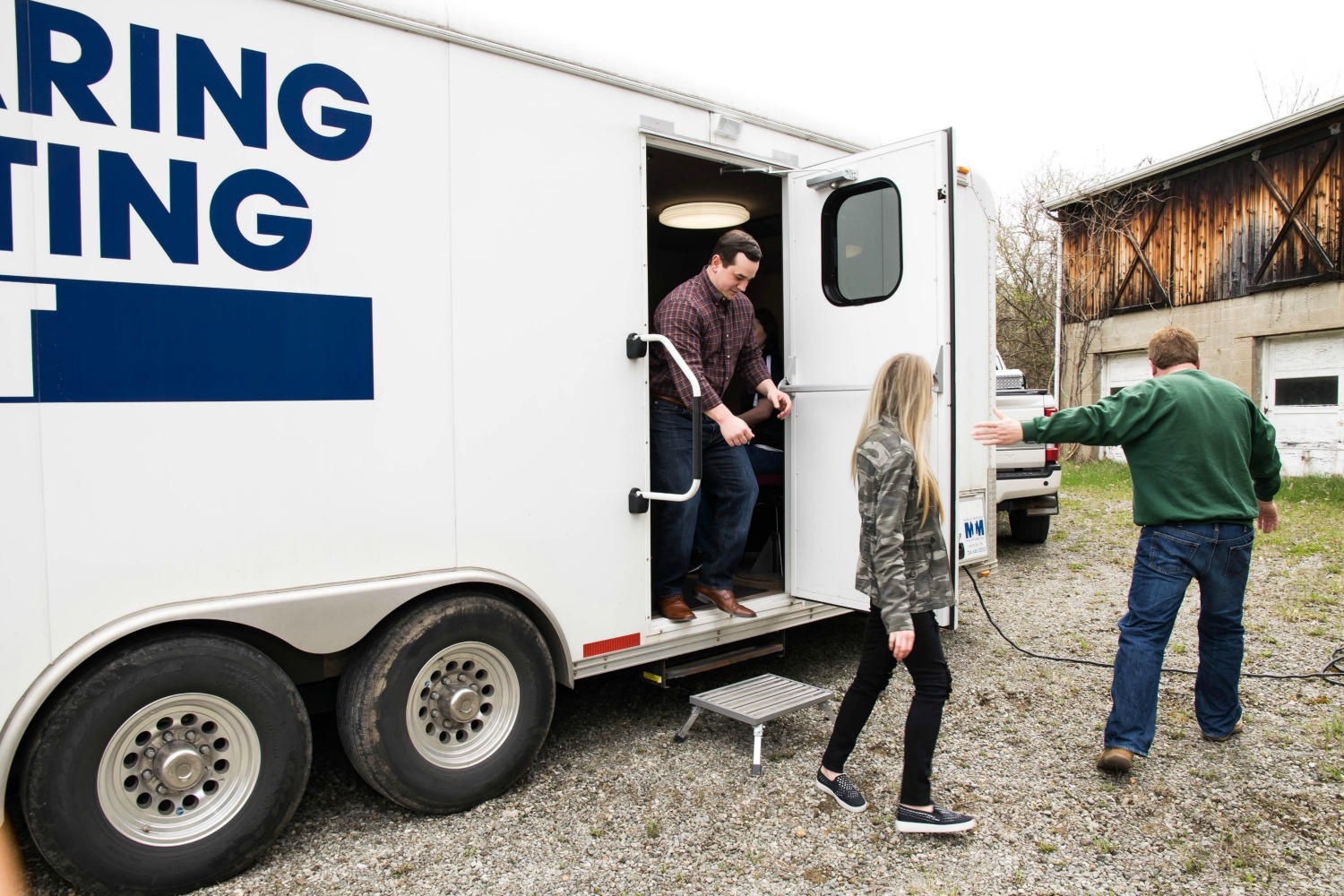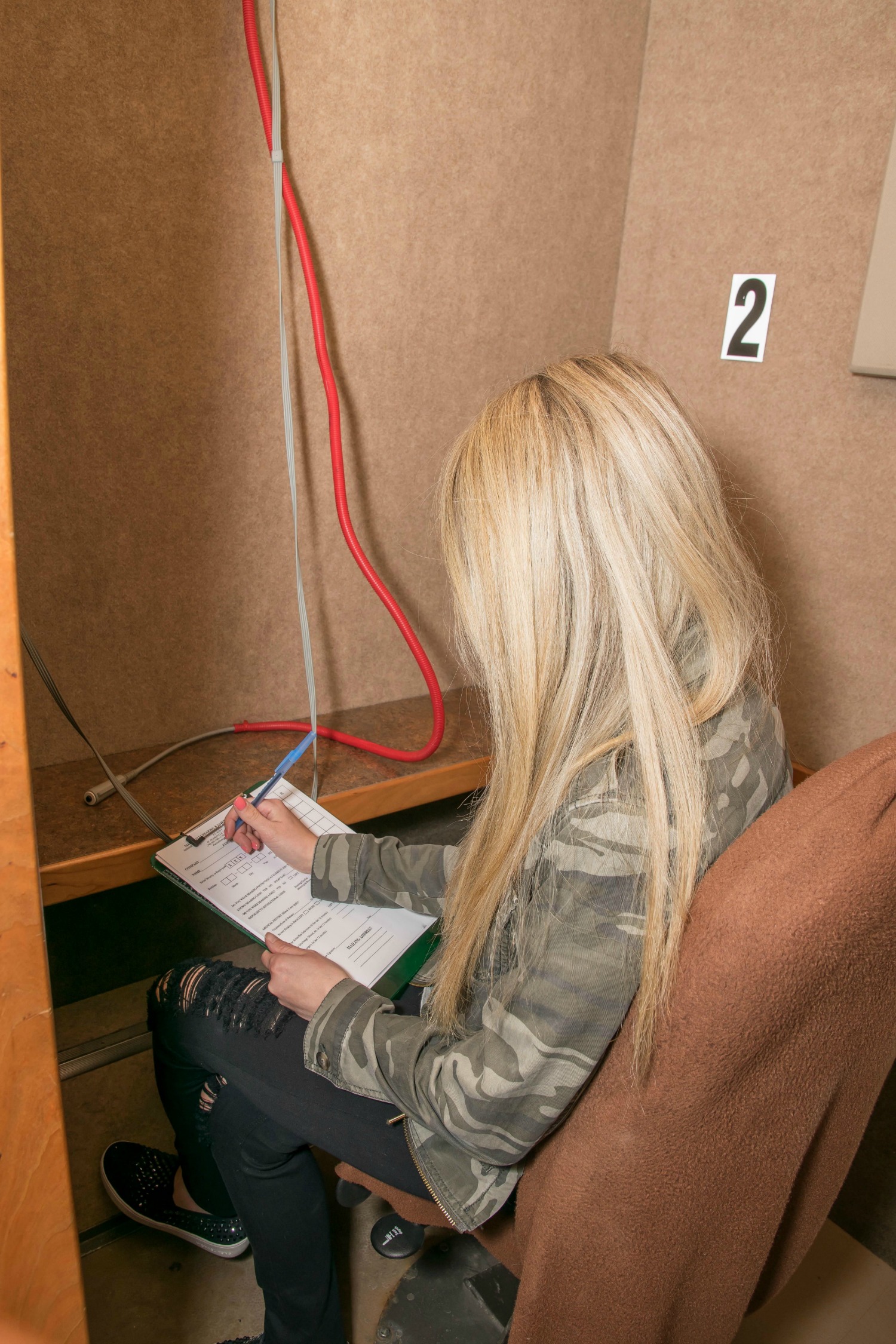Noise Induced Hearing Loss Is A Preventable Problem.
Employees are exposed to potentially hazardous noise every day. By complying with hearing conservation standards, you protect the hearing of your employees and save your company thousands in fines.
Serving You For More Than 25 Years
Coal Mines・Manufacturing・Construction・General Industry
Martinelli Hearing has provided comprehensive, professional hearing conservation services since 1993. Our certified professionals work with your schedule to make on-site hearing testing easy and efficient.
Martinelli Hearing is a family business that has been serving employers for more than 25 years. We provide mobile hearing testing for coal mines, manufacturing, construction, and general industry. Martinelli Hearing services Ohio, West Virginia, and Pennsylvania. We provide full service on-site testing and reporting to meet or exceed both OSHA and MSHA standards. Our dedicated staff looks forward to serving your company!
Ann
- Masters of Science in Audiology from West Virginia University
- Clinical Competency in Audiology
- American Academy of Audiology
- American Speech, Language & Hearing Association
Allison
- Doctor of Audiology from West Virginia University
- Clinical Competence in Audiology
- American Speech, Language & Hearing Association
Bill
- Bachelor of Science in Mining Engineering
- Certified Occupational Hearing Conservationist (CAOHC)
- Ohio Licensed Audiology Aid
On-Site Audiometric Testing
By utilizing our mobile testing vans, we are able to come to your location for easy compliance with both OSHA and MSHA standards. The advantage of using a mobile testing service is that the hearing tests can be offered yearly in conjunction with the annual hearing testing program. All employees with an 85dB time-weighted average must be tested within 6 months of first exposure, and annually thereafter.
Certified Professionals
Our staff includes two licensed and ASHA certified audiologists and a Council for Accreditation in Occupation Hearing Conservation (CAOHC) certified technician.
Training
We provide on-site training for each employee in accordance with OSHA and MSHA regulations. Training materials are available in English and Spanish. They include information on the effects of noise on hearing, the purpose of audiometric testing, instruction on proper insertion of hearing protection devices, and the advantages of different types of hearing protection devices.
Reports and Record Keeping
We use computerized software to manage and store all hearing test data. By utilizing our computer software, we are able to easily provide reports to both employer and employee.
Easy Scheduling
Hearing testing can be scheduled so that it does not interfere with production. We are able to come when it’s convenient for you!
What needs to be included in a professional hearing conservation program?
- A system of monitoring
- The provision and use of hearing protectors
- Audiometric testing
- Training
- Recordkeeping
What is audiometric testing?
Audiometric testing is designed to monitor the worker’s hearing over time. Employers are required to provide baseline audiograms and annual audiograms to all employees with an 8-hour time weighted average (TWA). A licensed audiologist, otolaryngologist, or other physician must oversee the program. An audiologist is a professional who is uniquely qualified to provide comprehensive services related to the prevention of hearing loss.
What monitoring is required?
Employers are required to monitor any worker with exposure to sound levels of 85 dBA or greater averaged over an 8-hour workday (TWA). The sound level measurements are required to include all continuous, intermittent, and impulse noises (80dB-130dB).
What should training include?
All employees enrolled in a hearing conservation program will be trained within 30 days of enrollment in the program; and every 12 months thereafter. The training will include:
- Effects of noise on hearing.
- Purpose and value of wearing hearing protectors.
- Various types of hearing protectors offered and the care, fitting and use of each type.
- Advantages and disadvantages of the hearing protectors offered.
- Purpose and value of audiometric testing and a summary of the procedures.
What records are employers required to keep following the testing?
- Employers are required to keep noise exposure measurements for 2 years.
- Employers are required to retain audiometric test results for the duration of the employee’s employment.
Audiometric records must include:
- The employee’s name and job classification.
- The date.
- Examiner’s name.
- Date of the last acoustic or exhaustive calibration.
- Measurements of the background sound pressure levels in audiometric test rooms.
- The employee’s most recent noise exposure measurement.
Visit the following websites for complete details:
OSHA 3074・Hearing Conservation (PDF)
Compliance Guide to MSHA's Occupational Noise Exposure Standard
